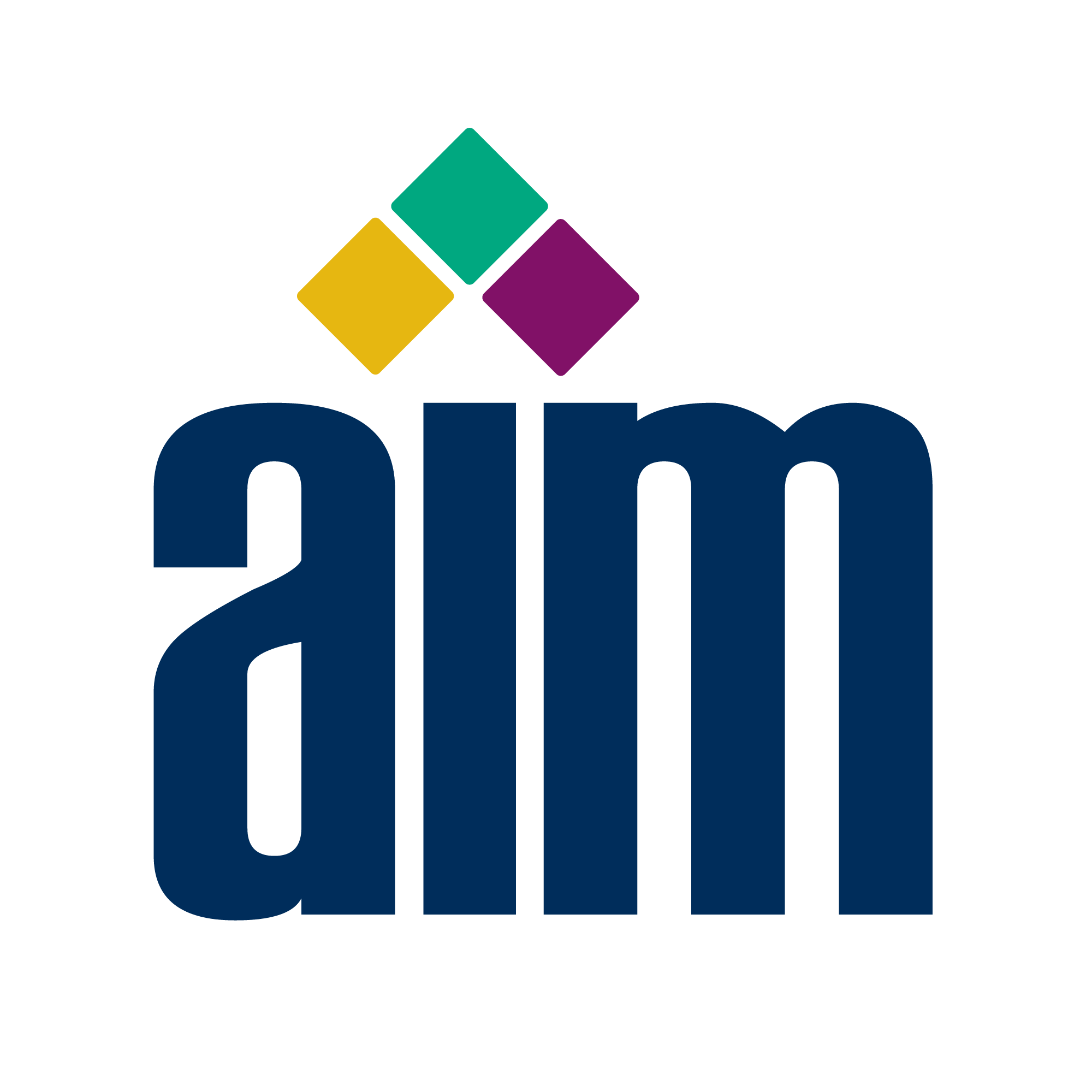Sunday, 27 October | Welcome Hotel | Einstein Room
1100 – 1730 Registration Outside Einstein Room
1200 – 1730 AIM Board & Chapter Meeting (by invitation only)
1800 – 1930 Welcome Reception | Galerie Bistro Moller
Monday, 28 October | darmstadtium Level 2 | vanadium 2 Room
0730 – 1530 Registration | Outside vanadium 2 Room
0900 – 1745 Educational Program
1830 – 2130 Networking Dinner | Restaurant Sitte (offsite)
0900 – 0915 Welcome & Introductions | vanadium 2 Room
0915 – 0930 10 Trends in Wireless IoT Driving the World Forward | Anja Van Bocxlaer | RFID & Wireless IoT
0935 – 1000 Traceability of Tobacco Products in the European Union
Jan Hoffmann | Policy Coordinator, Directorate-General Health and Food Safety | European Commission
Illicit tobacco products drain national budgets and undermine existing tobacco control policies. In May 2019, the European Union (EU) established the first regional traceability system for tobacco products, which forms a key component of the EU’s policy on stepping up the fight against illicit trade. The traceability system enables national and EU authorities to track and trace tobacco products across the legal supply chain, from manufacturing facilities to retail outlets. In this session, Jan Hoffmann will outline the regulatory, policy and operational dimensions of tobacco traceability in the EU, and share experiences gained in the months following the establishment of the system.
1005 – 1030 End-to-End Food Traceability
Jeanne Duckett | Manager, Technology Development | Avery Dennison
Food traceability systems should be able to access information about all the ingredients of a food product (down to the individual batch or lot of the ingredient) and allow companies to understand the disposition of all the ingredients and intermediate materials within a production process. It also includes being able to pinpoint where any particular product is located in the supply chain at any particular time. Traceability is a crucial component of the food safety system and is governed by legislation that includes the Food Safety Modernization Act and the European Union’s General Food Law.
1030 – 1045 Networking Break | Outside vanadium 2 Room
1045 – 1200 Breakout Sessions | Application and Tech Talk Tracks
| Application Track vanadium 2 Room |
|
| 1050 – 1110 | Police Security RFID Storage Lucas Ahlstrom | Management Consultant | Loxtore RFID Systems AB Electronic weapon inventory management is vital to ensuring the safety of a community. Hear how a law enforcement agency implemented a weapon/riffle storage systems using RFID and IoT technology in 100.000 certified cabinets to track and locate their materials. |
| 1545 – 1605 |
Iconic Manhattan Skyscraper Streamlines Inspection & Repair with Trusted NFC Richard Aufreiter | HID Global This session provides an example how trusted NFC tags can help digitize, streamline and track the entire sprinkler inspection and repair process of one of New York’s most famous buildings. The result: faster, more efficient inspections and repairs, improved first-time fix rates and fewer repeat visits. Perhaps most important, property management can now more accurately track and confirm all physical on-site inspections and repairs, ensuring the sprinkler system complies with all New York Fire Department’s fire and safety regulations. This IoT case won the 2018 case study award from AIM. |
| 1610 – 1630 |
IATA RFID Bag Tagging Initiative Andreas Walsner | Sales Manager Automotive & Aerospace | Smartrac Technology Group With the momentum building within IATA and the recent recommendation from the board during the AGM in June 2019, it is looking likely that RFID will become a resolution within the industry for tracking checked in baggage. With this is in mind we take a look at the possibilities and pitfalls when using RFID within an airport environment. |
| 1635 – 1655 |
RAIN Applications Panel | Without RAIN There Are No Flowers
Panelists:
|
| Tech Talk Track Palladium Room |
|
| 1050 – 1110 | Enhancing Track and Trace Tags Douglas Seitz | Product Marketing Manager | ON Semiconductor RFID technology used for track and trace can be expanded to include capturing of additional information from the same tag, including temperature, shock/vibration, and other environmental conditions. This talk will explore innovation enhancing logistics leveraging existing RFID infrastructure. |
| 1545 – 1605 |
Wurth’s Supplier Labeling Transformation Mari Waldron | Marketing | NiceLabel Wurth, a global market leader in the sale of fastening and assembly materials, had a goal of digitizing its processes, including labeling. Wurth’s custom-built, legacy labeling system made supplier labeling a challenge. The software was installed at each supplier with CDs and every time there was an update, new CDs had to be sent. In addition, they had no visibility into which software version each supplier used. The company who built the labeling software was acquired, making support a concern. All of this contributed to a cumbersome supplier labeling process resulting in misapplied labels and shipping delays. Wurth addressed these issues with web printing. Their 180 suppliers in 15 countries now print approximately 8.5 million labels/year. Label changes are instantly deployed to suppliers and they have visibility into usage and print history. Now, suppliers deliver ready-to-sell goods to Wurth, packaged in Wurth boxes and branded with their labels. |
| 1610 – 1630 |
The Industrial Value & Development Opportunity of Two-dimensional Bar Code Dr. Zhang Chao | Dean | ZIIOT Based on the new generation of information technology, digital economy breeds destructive business model and economic paradigm. It is not only a supplement and integration of the original economic system, but also a profound change from the bottom to reshape the global economic landscape. Two-dimensional bar code as the core perception technology of the Internet of everything, two-dimensional code technology is playing an increasingly important role in the new economic form, the standardization development and popularization of two-dimensional code industry is receiving wide attention from all over the world. |
| 1635 – 1655 |
Laser Marking & Vision Technology Improve AIDC in Medical Implants Dr. Faycal Benayad-Cherif | Product Manager | FOBA Laser Marking On September 2013, the FDA has mandated that all medical devices be traceable through the UDI (Unique Device Identification) system. The FDA does not recommend a specific marking methodology; however, laser technology has been the preferred method for applying permanent traceability content on medical devices. The combination of laser marking and innovative imaging solutions for AIDC have helped address the requirement of Direct Part Marking (DPM) while addressing the challenges of achieving permanent readable marks with high resolution, speed and accuracy. |
|
1700 – 1720
|
From the Vineyard to the Bottle – RFID for the Wine Industry, Ca’ Del Bosco Case One of the most modern and advanced cellars in Italy, Ca’ del Bosco, together with SAIT, have devised and implemented a system that automatically tracks and traces all the stages in the supply chain, up to the end customer. With the help of the RFID technology, the system is able to systematically store information about products and processes throughout the entire supply chain, achieving the paradigm “from the vineyard to the bottle”. |
| 1730 – 1745 | Wrap Up | vanadium 2 Room |
| 1830 | AIM Networking Dinner | Restaurant Sitte |

